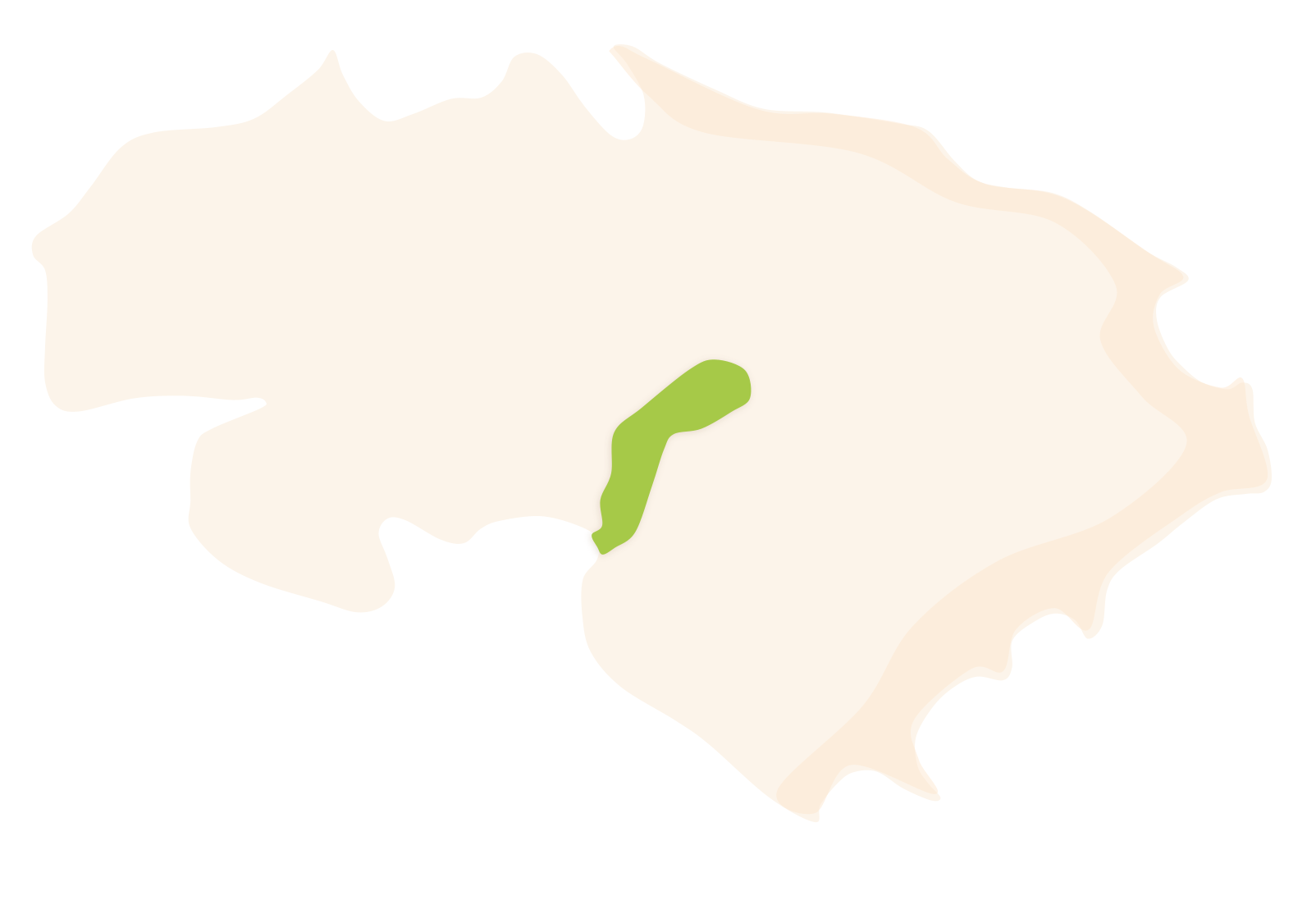Alcalalí, a municipality located in the southwestern part of the inland zone of La Marina Alta, and nestled within La Vall de Pop, lies at an altitude of 102 metres above sea level. It has an area of 14.4 km2 and 1,336 inhabitants, who are called Alcalalí and Alcalalina.
 Alcalalí's municipal district. Surface area: 14.4 km². Population: 1,336 (INE data 2021).
Alcalalí's municipal district. Surface area: 14.4 km². Population: 1,336 (INE data 2021).HISTORY
The town of Alcalalí is situated in the middle of La Vall de Pop, with the Gorgos River running through it. This small town is flanked by the El Seguili mountain, El Carrascar, El Coll de Rates and the peak of Aixa. If anything stands out in Alcalalí, it is the beautiful almond trees, with the white and pink flowers blooming in February so as to make the perfect postcard of this town, precisely famous for its almonds.
The earliest evidence of human settlements are some schematic anthropomorphic cave paintings found in a rock shelter in Seguili. Later on, the Iberians also settled at the foot of the Aixa peak, but the origin of the population nucleus is from the Andalusian period, like the vast majority of the towns and villages in the region: its name with clear Arabic roots is evidence of this. Apart from the farmstead of Alcalalí, there were other farms in the area, such as Mosquera, of which only a hermitage remains today. These two population centres had their own aljamas (Moorish-era organisations for self-government), but they were part of the same hísn (castral district): the hísn or Aixa Castle —also called Castell de la Solana— located at 607 metres above sea level, included and monitored the current territories of Alcalalí, Llíber and Xaló.
Alcalalí was conquered by the troops of Jaume I, who gave it to Lady Berenguela in 1268. In 1409 it became independent and in 1577 it became a parish, thereby definitively becoming separated from the parish of Xaló. An example of the importance of the municipality and the power of its lords is the mediaeval tower dating back to the 14th century, which is preserved there and which was part of the stately house of the Lihori family, where there are wall graffiti from the 16th, 17th and 18th centuries.
With the expulsion of the Moorish population in 1609, Alcalalí became a deserted place and, in order to repopulate this area, in 1610 new residents were granted charters. The majority of the first repopulators come from La Marina Baixa and points close to La Marina Alta, followed by other people from Catalonia and Majorca, and specifically from Manacor.
The 19th century is characterised by the raisin monopoly in the area, which led to the construction of terraces going up the mountain slopes. However, with the crisis caused by the grape phylloxera, there was a return to dryland crops such as almonds and olive trees. It is possible to see a good example of this agricultural tradition in the ethnological museum of the old oil mill.
FESTIVITIES
- "Feslalí, Alcalalí in bloom": Celebrates the flowering of the almond trees that grow in and around the Alcalalí. The date varies depending on the flowering of the almond trees, but it usually takes place during the month of February. The festival offers various types of activities for all kinds of visitors: a photography contest with a different theme each year, tapa routes based on Alcalalí's star product, the almond, and so on.
- The festivities of Saint Joan take place during the month of June and are dedicated to Saint Joan de Mosquera and the Christ of Health. Various activities are held during these festivities, permitting both children and adults to participate.
- The Saint Miquel festivities are celebrated in August, with activities for all ages and a cocà with local products, accompanied by a glass of mistela.
GASTRONOMY
The gastronomy of Alcalalí is well-known for its variety of recipes in which the protagonists are typical local products: almonds, oil, honey, wine, rice and vegetables.
- Almonds, one of the star products, became the protagonist of many different types of dishes, especially desserts.
- The “arròs caldós” soupy rice dish, cod and cauliflower paella, couscous and Valencian chicken and rabbit paella.
"In Alcalalí you can be surprised to hear older people ask for 'shrimp and chard' or a plate of ‘lemon leaves' in a bar, referring to the traditional snack of peanuts and lupins or potato crisps that accompany a glass of beer or wine. Things from the past that remain alive today.”